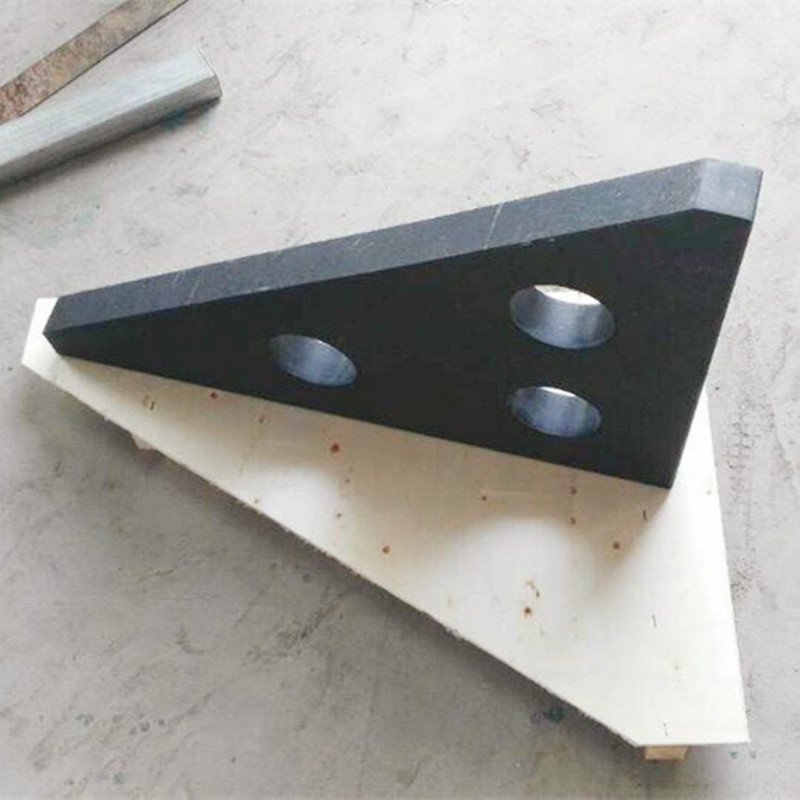ພ.ຈ. . 10, 2024 12:00 Back to list
Different Types of Guide Rails for Various Applications and Environments
Guide Rail Types An Essential Element of Road Safety
Guide rails, also known as guardrails or safety barriers, play a pivotal role in enhancing road safety and directing vehicles along safe pathways. By preventing vehicles from veering off the road or colliding with hazardous areas, these structures minimize the risk of accidents and save lives. Understanding the various types of guide rails is essential for road construction and maintenance professionals, as well as for drivers who navigate these systems.
1. Steel W-beam Guide Rails
One of the most common types of guide rails is the steel W-beam guide rail. This rail is made from high-strength steel and is formed into a 'W' shape, which provides excellent strength and energy absorption upon impact. Its design allows the rail to effectively redirect vehicles that collide with it, reducing the risk of rollover accidents. W-beam rails are particularly favored in highways due to their adaptability to slopes and curves, and can be installed easily, making them a cost-effective solution for road safety.
2. Concrete Barrier Rails
Concrete barrier rails are solid structures designed to withstand significant impact. They are typically used in high-speed environments such as highways and are effective at preventing vehicles from crossing into oncoming traffic. Additionally, concrete barriers are often used in construction zones to provide a safe passage for both workers and drivers. Their immovable nature offers a stark contrast to metal guide rails, but they can be more costly to install and maintain.
Cable barriers utilize high-tension cables strung between posts to create a flexible barrier. This type offers a unique advantage by allowing for some degree of vehicle deflection, thereby absorbing the impact energy in a controlled manner. Cable barriers are particularly effective on slopes and in areas where traditional guide rails may not fit due to terrain constraints. They are less obtrusive visually compared to solid barriers and can be installed quickly, making them a popular choice for modern highway designs.
guide rail types

4. Energy-Absorbing Barrier Systems
Energy-absorbing barrier systems are engineered to minimize the force transferred to a vehicle upon impact. These barriers often feature crushable elements or other designs that allow for deformation, which absorbs kinetic energy. This type is especially beneficial in areas where the potential for severe accidents is high, as they significantly reduce vehicle damage and occupant injury. Innovative designs in this category can even incorporate elements like foam and polymer materials to enhance their energy absorption capabilities.
5. Reflective and Marker Guide Rails
To improve visibility and safety during nighttime or adverse weather conditions, reflective and marker guide rails are often employed. These systems are integrated with reflective materials or lights that increase their visibility to drivers. This added feature becomes crucial in preventing accidents, particularly on winding roads or in fog-prone areas. Marker rails can also serve as additional warning signs, alerting drivers to upcoming hazards or changes in road conditions.
Conclusion
The importance of guide rails in road infrastructure cannot be overstated. Each type of guide rail—whether a steel W-beam, concrete barrier, cable system, energy-absorbing barriers, or reflective guides—has its own unique benefits and applications. Selection relies on various factors including traffic volume, road design, environmental conditions, and specific safety requirements. Understanding these differences enhances the capability of road safety professionals to design effective and reliable transport systems that protect lives and reduce the severity of accidents.
Investing in the right guide rail system not only improves safety but also reinforces the commitment of transportation authorities to safeguard every journey on the road. As technology advances, we may see more innovative solutions that enhance the effectiveness of guide rails, ensuring that they continue to evolve alongside the growing demands of modern infrastructure.
-
Why Metric Trapezoidal Thread is Ideal for Precision Motion ControlNewsAug.05,2025
-
The Unique Properties of a Block of Granite for Industrial UseNewsAug.05,2025
-
The Role of Flanged Y Strainers in Preventing Pipeline ClogsNewsAug.05,2025
-
The Importance of Regular Calibration for Master Ring GagesNewsAug.05,2025
-
How a Cast Iron Surface Table Enhances Accuracy in ManufacturingNewsAug.05,2025
-
Comparing Different Check Valve Types for Optimal Flow ControlNewsAug.05,2025
Related PRODUCTS









